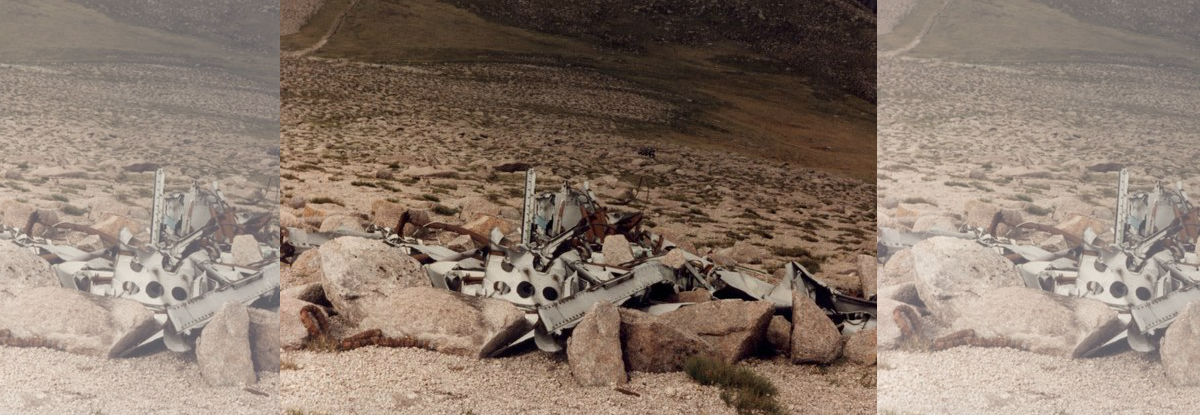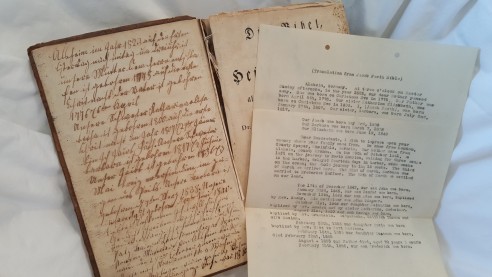The number of crashed planes across the whole of the UK is really extraordinary. Almost four thousand went down on training flights during the course of World War II. That’s a lot of planes, and for every crash site there’s a handful of dedicated volunteers keen to try and recover the debris. So just what is the attraction?
The aircraft we investigated was found by the Dumfries Aviation Group. Most weekends, they’re out in the hillsides looking for plane parts.
Well, of course, Scotland was the main training area during the War for everywhere so unfortunately quite a lot of people crashed and quite a lot of these aircraft were just left where they lay because they’re too far away from the road to be recovered, so we try and find out where they are and go and look and see what there is left.
When you find something in a wreck that’s very personal, like a parachute, and you can maybe even name the person that that parachute belonged to, that brings real history really close. You’re holding something in your hand that nobody has touched for 65 years, and a case for slide rule that I found in one wreck, the last person to touch it had been setting that slide rule probably just before the plane crashed.
Of course, you can’t do this without permission from the RAF. Crashed planes often have unexploded bombs or weapons in them. Some might also have bodies. So if you’re interested you do need to work with a proper aviation archaeology group.





Rate and Review
Rate this video
Review this video
Log into OpenLearn to leave reviews and join in the conversation.
Video reviews